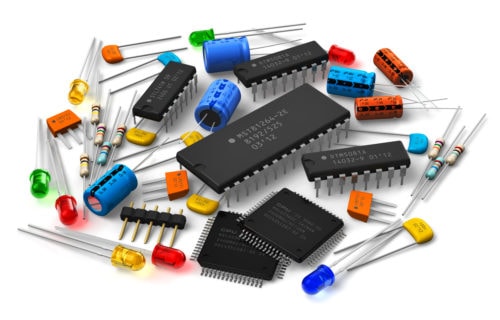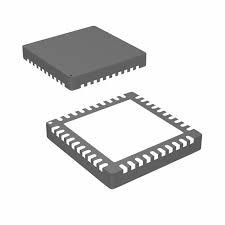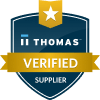
Sourcing some types of electronic components can prove challenging, resulting in problems ranging from supply chain challenges to halted production. From market demand shifts to supply chain disruptions, many electronic parts have become more difficult to find, including multilayer ceramic capacitors (MLCC) and Microcontrollers. Whatever sourcing challenges you may face, using a procurement solutions provider can make it easier for your business to find rare or difficult components when you need them.
 This blog post will discuss some of the significant factors that make electronic components hard to find, educating readers on the topic and providing context for procurement difficulties.
This blog post will discuss some of the significant factors that make electronic components hard to find, educating readers on the topic and providing context for procurement difficulties.
Fast-Changing Technology
Many industries rely upon electronic components, including telecommunications, aerospace, consumer electronics, military and defense, computers, and countless others. Individual companies strive to lead their industries in technological advancement, meaning that old parts get quickly phased out to make way for the latest developments. This rapid pace of evolution in the technology sector often makes it hard to locate the latest in-demand parts.
Sourcing older-generation parts will also become troublesome as more manufacturers turn production toward the latest innovations demanded by the market. While all companies want to be on the cutting edge, product goals and budgetary constraints may prevent investment in the latest technologies. As older equipment phases out on the broader market, finding replacement parts can range from inconvenient to near-impossible.

Short Product Lifecycles
A product’s lifecycle typically encompasses four stages, with the length of each and the lifecycle in its entirely impacted heavily by technological advancement. As a general rule, assume that more rapid innovations will ultimately result in shorter product lifecycles. These four stages include:
- Introduction. The initial phase of an item’s lifecycle encompasses market research, research and development, and the product’s introduction to the market. At this point, there’s no guarantee as to the success of the item. The original equipment manufacturer (OEM) waits to see whether their innovation matches consumer demand predictions.
- Growth. After recouping the investment on a successful product launch, the developer focuses on distribution and positioning the component as a go-to solution within its market niche.
- Maturity. Once the new product’s novelty wears off, the component becomes an accepted option for the consumer, and competitors will begin adding their versions of the concept to the market. These other versions may include potential improvements in the product design.
- Decline. As consumer demand wanes, OEMs begin dedicating more resources to developing and producing newer solutions. The value of the current component declines to the point where the manufacturer no longer benefits from making it. With no new parts coming off the production line, the existing parts still circulating in the market become harder to find. However, numerous companies may still need them to keep legacy systems in working order.
Get Help Finding Hard-to-Find Parts
 Advancements in technology will not slow down. Continuous innovation drives the market, and companies must develop new and improved parts to remain competitive. As procurement experts specializing in hard-to-find parts, NetSource Technology is here to help businesses source the outdated or specialized OEM and aftermarket components they need. We can find obsolete, end-of-life, highly allocated, and other hard-to-find parts. With years of experience, a trusted global network, and a commitment to friendly and personalized service, we specialize in helping you find items that seem unfindable.
Advancements in technology will not slow down. Continuous innovation drives the market, and companies must develop new and improved parts to remain competitive. As procurement experts specializing in hard-to-find parts, NetSource Technology is here to help businesses source the outdated or specialized OEM and aftermarket components they need. We can find obsolete, end-of-life, highly allocated, and other hard-to-find parts. With years of experience, a trusted global network, and a commitment to friendly and personalized service, we specialize in helping you find items that seem unfindable.
Visit our procurement services page to learn more about what we do best or browse our online catalog for specific parts. Please feel free to contact us with any questions you have about hard-to-find electronic parts.




